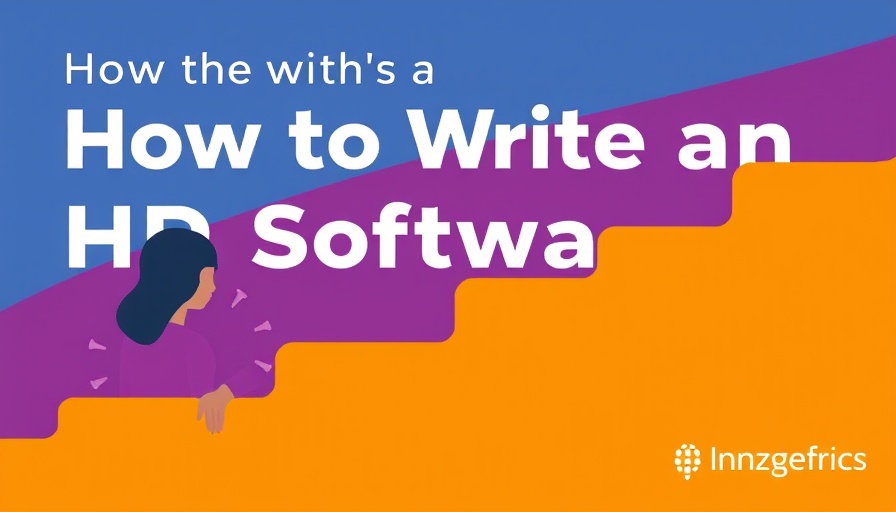
Unlocking the Power of HR Software RFPs: Your Essential Guide
In the dynamic world of HR, finding the right software can be a daunting task, especially for business owners navigating operations between $2M and $10M in annual revenue. The key to streamlining this process? Mastering the art of crafting an effective Request for Proposal (RFP). This guide aims to demystify the RFP process, helping you articulate your needs and select the best HR solution for your team's unique challenges.
Why You Should Consider an RFP
When it comes to selecting an HR system, an RFP is not just a formality; it’s a vital tool that aids in clarity and precision. A well-structured RFP allows you to systematically outline your core requirements, ensuring you don't overlook critical aspects such as compliance or integration needs. For larger organizations or those facing complex HR challenges, bypassing an RFP can lead to costly mistakes and misalignments with company culture. It becomes pivotal, especially when multiple stakeholders are involved or significant financial investments are at stake.
The RFP Lifecycle: A Step-by-Step Approach
The RFP process can initially seem overwhelming. However, breaking it down into manageable steps can ensure efficiency and clarity. Start by assembling an RFP team that includes key stakeholders from various departments. Define must-haves and goals early on, which will serve as the guiding principles throughout the vendor evaluation process.
When writing the RFP, clarity is crucial. Use straightforward language; state your requirements explicitly and in a way that highlights your company culture. Consider this: an RFP is as much about finding a technical fit as it is about aligning with a vendor who understands and shares your values.
Avoiding Common RFP Pitfalls
It's easy to get lost in the details when drafting an RFP. Common mistakes include vague descriptions of requirements, overcomplicating the evaluation criteria, and failing to communicate budget constraints upfront. Remember, the goal is to make this process as transparent as possible, which will encourage vendors to submit their most competitive bids.
Choosing the Right HR Software: Your Options Simplified
As you begin to evaluate the responses, keep in mind that not all HR software solutions will cater to the same needs. The following three options stand out for their unique features:
- Rippling — Best for integrated IT functions, offering seamless transitions between your HR and IT operations.
- BambooHR® — Renowned for advanced reporting and analytics, making performance tracking effortless.
- UKG — Leverages AI-powered insights to enhance decision-making and workforce management.
Each of these solutions can help enhance your team’s efficiency; the key is identifying which aligns with your organization’s culture and operational goals.
The Future of HR Management: Embracing AI
As HR technology continues to evolve, integrating AI is no longer just a trend—it's a necessity. AI can enhance recruitment, streamline processes, and foster a culture of continuous improvement. When writing your RFP, consider including criteria that assess a vendor's AI capabilities. Tools that harness AI can offer predictive insights, improving your decision-making processes and optimizing your hiring practices.
Final Thoughts: The Journey Ahead
Crafting an RFP is not just about checking boxes; it's about aligning your organization's culture with the right technology. By taking the time to thoughtfully articulate your needs and goals, you empower your team to make more informed, strategic decisions. Remember, a well-crafted RFP can lead to significant savings and enhancements in workplace dynamics as you grow.
If you're ready to navigate the complexities of HR software selection with clarity and confidence, consider reaching out for expert guidance tailored to your needs. Let’s shape a brighter operational future together.
 Add Row
Add Row  Add
Add 



Write A Comment